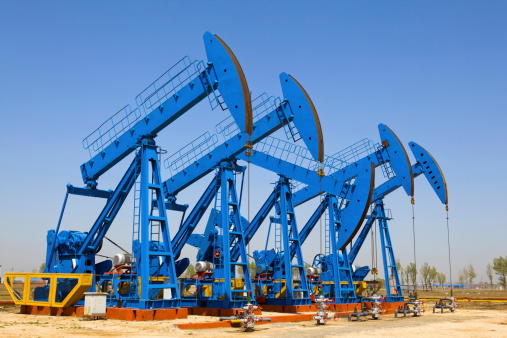
Both companies are struggling with production and pricing. Exxon’s liquids production slipped by 130,000 barrels a day in the second quarter and Chevron’s oil-equivalent production was down by 30,000 barrels a day. Both companies have reduced planned capital spending, although Exxon has actually lowered spending by about 17% in the first half of this year while Chevron’s capital spending actually rose by $1.3 billion.
Exxon has a slight edge as a value pick based on forward price-to-earning (P/E) ratios of 12.62, compared with 11.19 for Chevron. But Chevron’s dividend yield of 3.2% is well above Exxon’s 2.7%.
The consensus price target for Exxon stock is $102.10, which yields an implied gain of about 2.7%, above Monday’s price of $99.49 and below the 52-week high of $104.76.
Chevron’s consensus price target is about $134.50, an implied upside of about 6% above the $126.89 price and just below the 52-week high of $135.10.
In the short term, Exxon’s decision to limit capital spending ultimately means that more cash is available to pay out in dividends and share buybacks. And given that the oil giants are now feeling the same kind of stockholder pressure that mining companies have lived with for the past year or so, Exxon may be a better value pick for the near term than Chevron, even though Chevron’s dividend yield is higher and its implied gain is larger.
ALSO READ: As Russia’s Isolation Grows, Oil Companies Caught in the Middle
Thank you for reading! Have some feedback for us?
Contact the 24/7 Wall St. editorial team.



